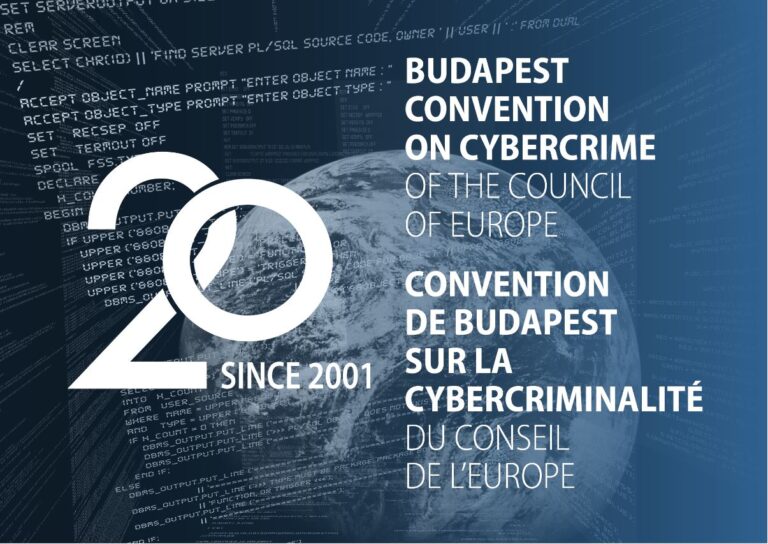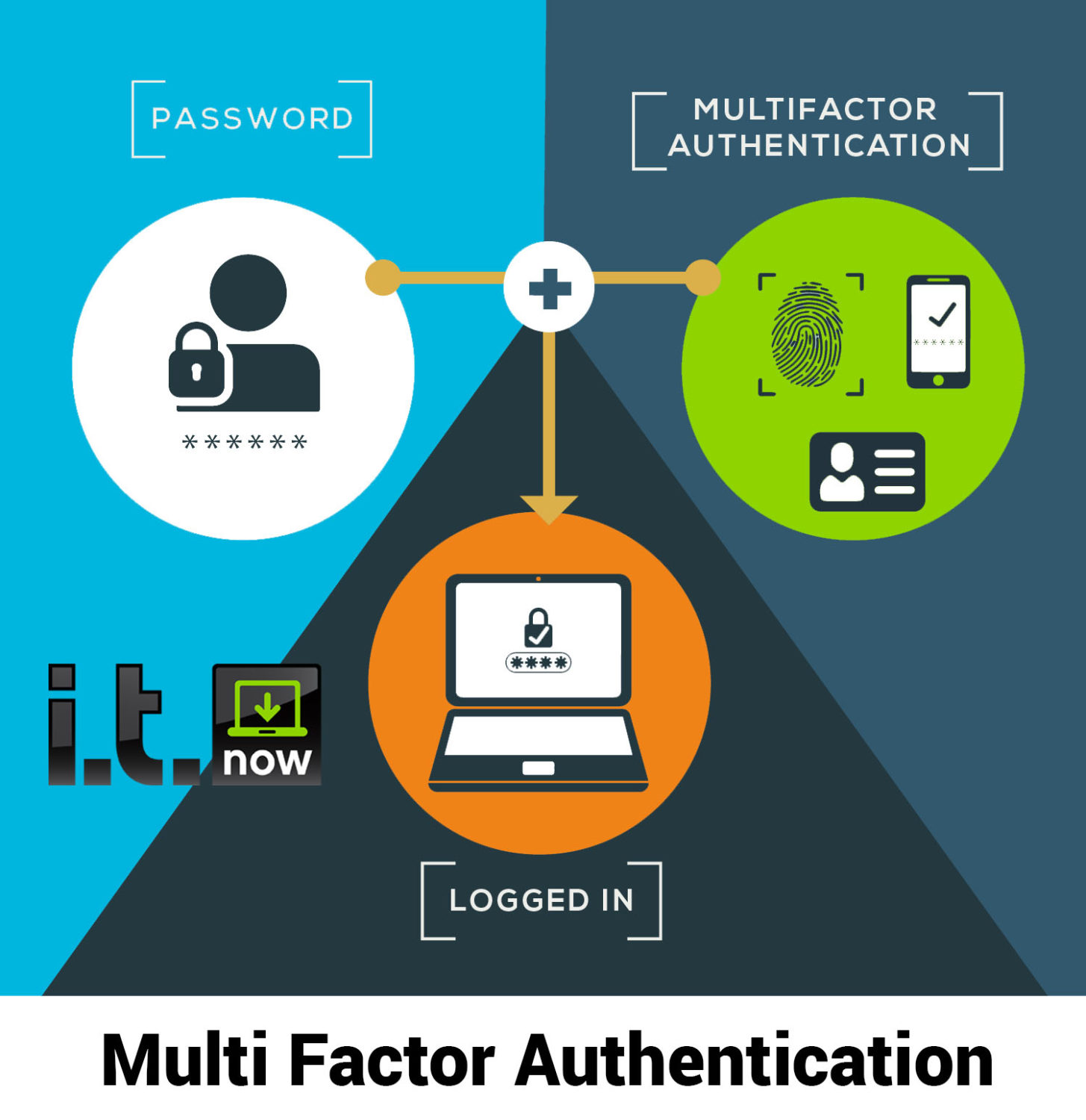PP2: Cybersecurity
In today’s hyperconnected world, data breaches—whether corporate, governmental, or personal—have become increasingly frequent and damaging. The complexity of threats, from ‘smart’ attacks and intelligent malware to malicious chatbots, requires proactive and innovative defense mechanisms. Globally and domestically, governments, private organizations, and civil society are engaged in identifying, publicizing, and reducing these breaches. This paper explores current actions, analyzes how proactive measures are keeping pace with evolving threats, highlights successes, and identifies areas that still need improvement.
Global Efforts:
Globally, nations are recognizing the critical need for collaboration in combating cyber threats. A variety of international frameworks and initiatives are helping to set standards and improve transparency.
One of the most significant efforts is the Budapest Convention on Cybercrime, led by the Council of Europe. It facilitates international cooperation on investigations and prosecutions related to cybercrime.
Organizations like the Cyber Threat Alliance (CTA) and FIRST (Forum of Incident Response and Security Teams) promote the real-time sharing of cyber threat intelligence. These collaborations enable countries and organizations to act more swiftly to novel threats, reducing the gap between breach discovery and containment.
Cyber Threat Alliance - YouTube
U.S. Efforts:
In the United States, government agencies, laws, and public-private partnerships play a central role in managing cybersecurity threats and reducing data breaches.
The Cybersecurity and Infrastructure Security Agency (CISA) spearheads national cyber-attack protection on critical infrastructure. In 2023, the U.S. Securities and Exchange Commission (SEC) issued regulations that require publicly traded firms to disclose material cyber incidents within four business days—a move aimed at increasing corporate accountability.
Keeping up with Threats:
As cybercriminals adopt smarter, AI-powered tools, defenders are increasingly turning to advanced technologies to protect data and infrastructure.
Cybersecurity solutions are increasingly employing machine learning (ML) and artificial intelligence (AI) to detect anomalies in network activity. AI-powered threat detection platforms can detect potential breaches by analyzing billions of data points in real-time, flagging suspicious activity before it becomes a breach.
AI is also applied in automated incident response, reducing the time it takes to detect, analyze, and contain threats by an enormous amount. But this is a double-edged sword: malicious actors are also applying AI to create polymorphic malware, generate realistic phishing emails, and build malicious chatbots that are designed to deceive and harvest sensitive information.
Zero Trust Security Model:
In response to increasingly complex threats, organizations are adopting Zero Trust Architecture (ZTA). Unlike traditional security models that assume everything inside the network is trustworthy, ZTA operates on the principle of “never trust, always verify.” Every user and device must be authenticated and authorized before gaining access, significantly reducing the potential impact of a breach.
Improved authentication:
Widespread adoption of end-to-end encryption and multi-factor authentication (MFA) has made it challenging for attackers to gain unauthorized access. These technologies have significantly reduced successful breaches, especially in financial and healthcare sectors where sensitive data is a top-tier target.
Bug Bounty Programs:
Corporations such as Google, Apple, and Microsoft now run bug bounty programs, encouraging ethical hackers to identify and report vulnerabilities in exchange for rewards. These programs have prevented countless breaches by discovering flaws before cybercriminals can exploit them.
Conclusion:
Measures to identify, expose, and contain data breaches have grown tenfold in scope and effect over the past decade. From global agreements and national legislation to AI-powered defenses and increased user awareness, many proactive measures are bearing fruit. Nevertheless, the threat landscape continues to evolve, particularly with the emergence of smart attacks and smart malware. To stay competitive, governments and organizations must invest in emerging technologies every day, work together on a global scale, and provide security solutions to organizations of all sizes. Only by continued, concerted effort will the digital realm become more secure for personal and organizational information both.



Comments
Post a Comment